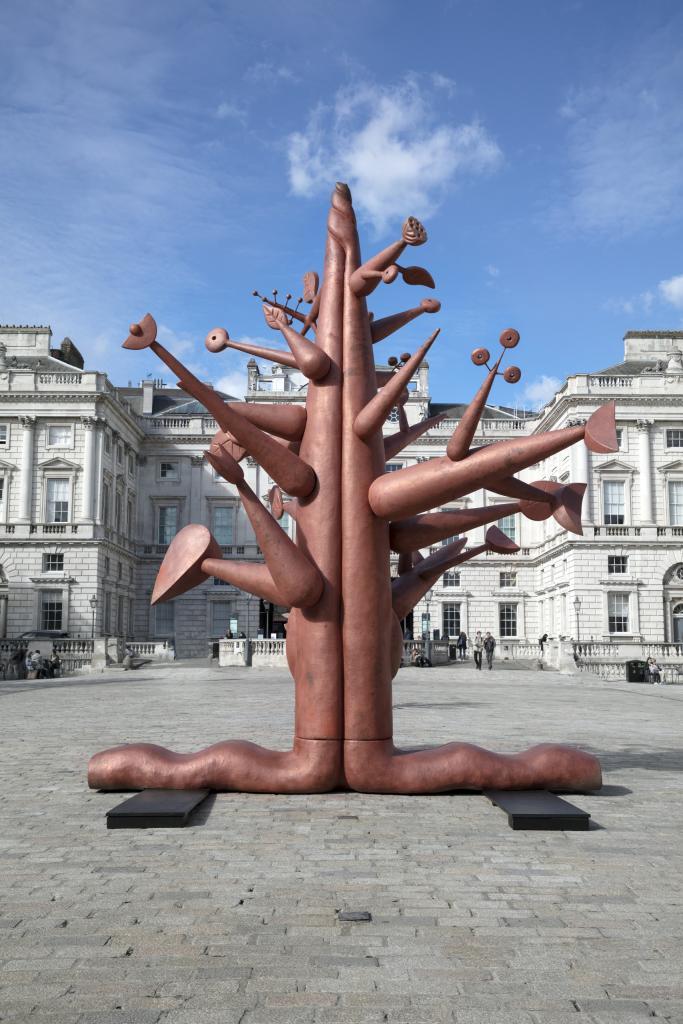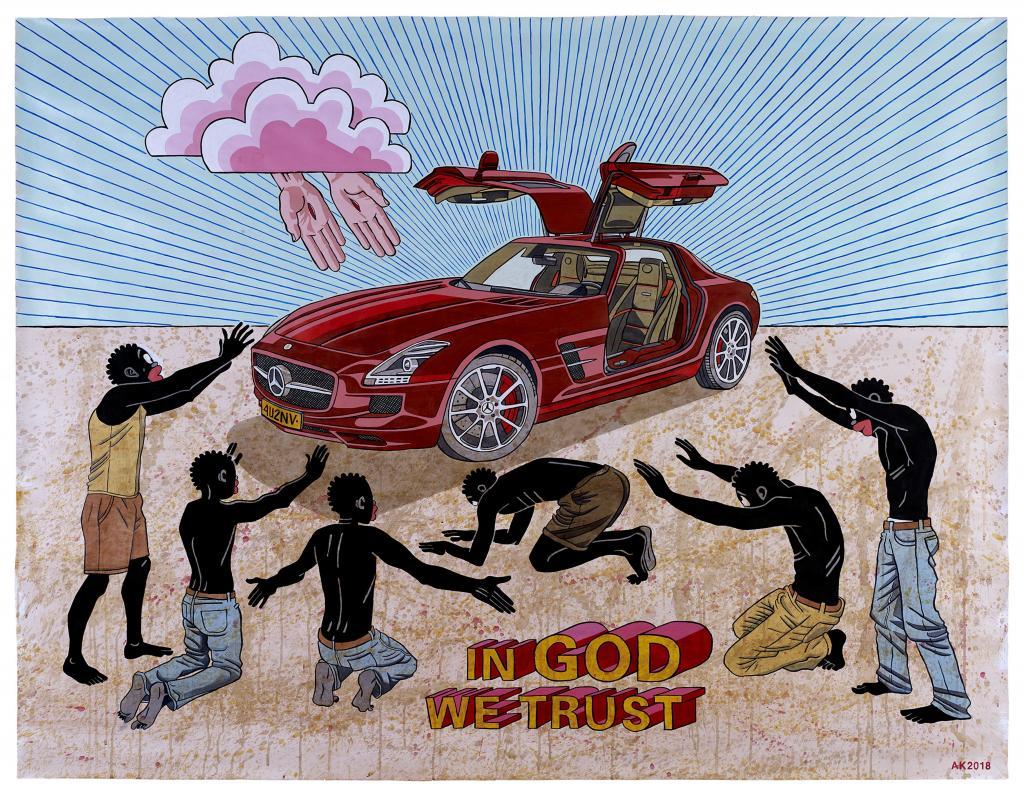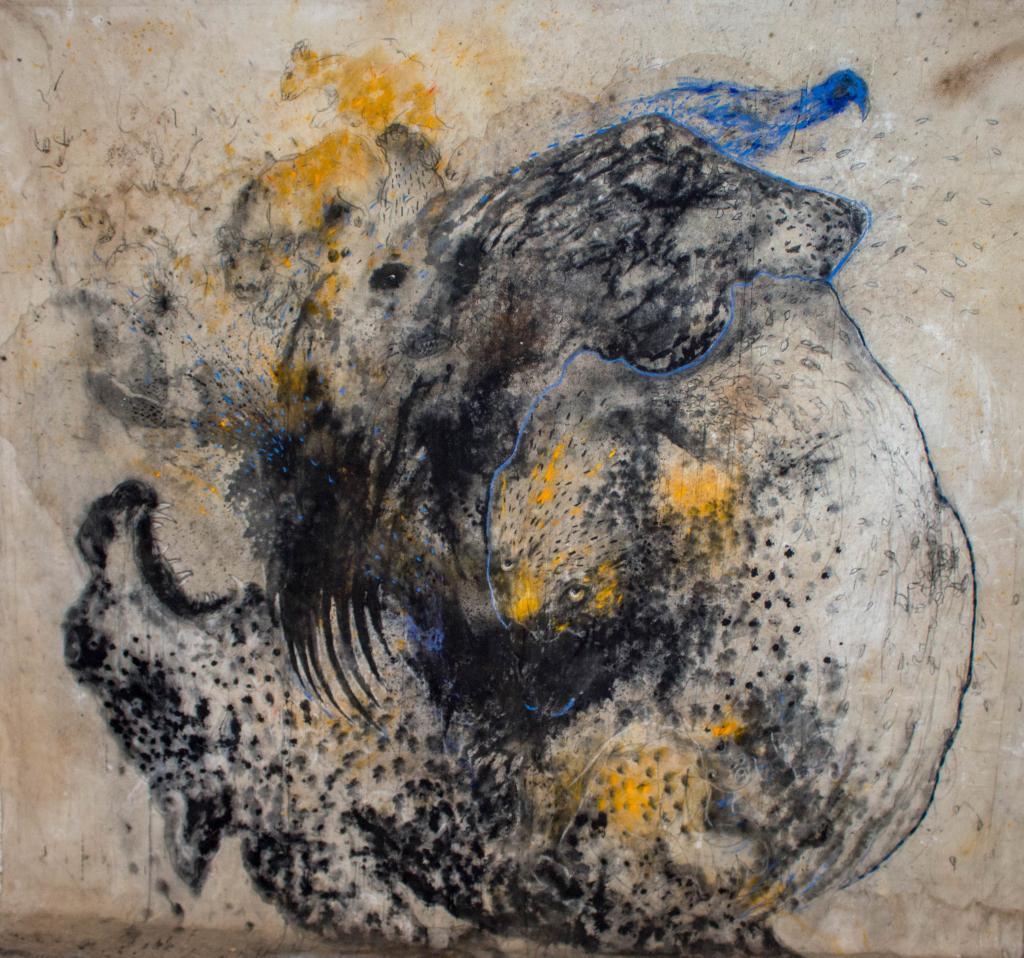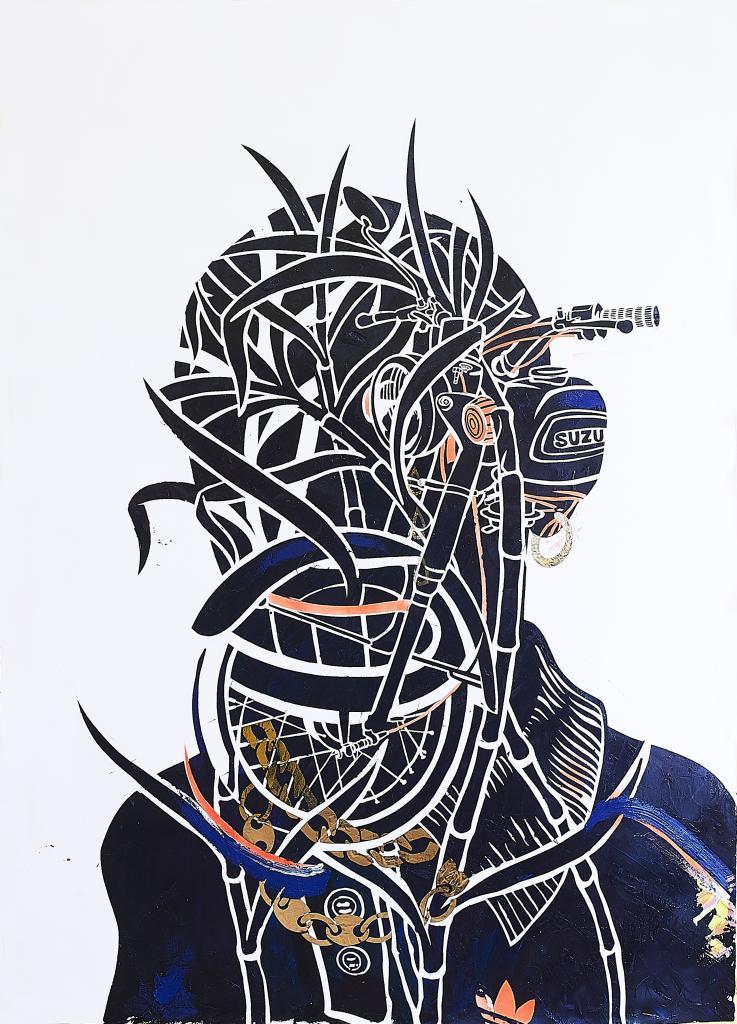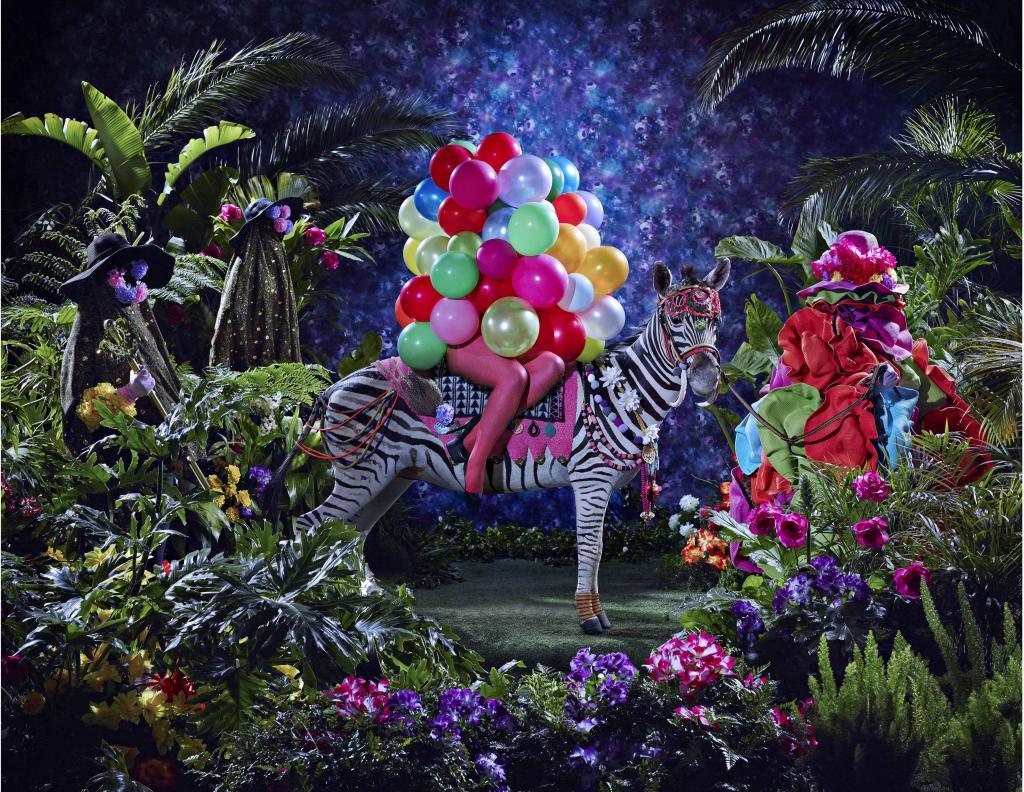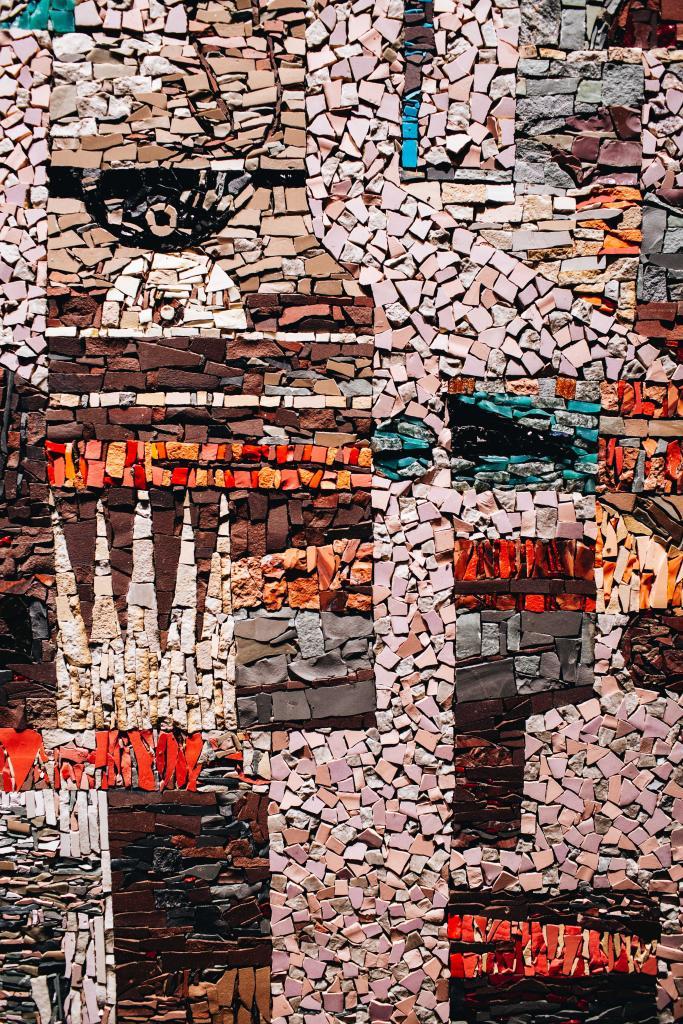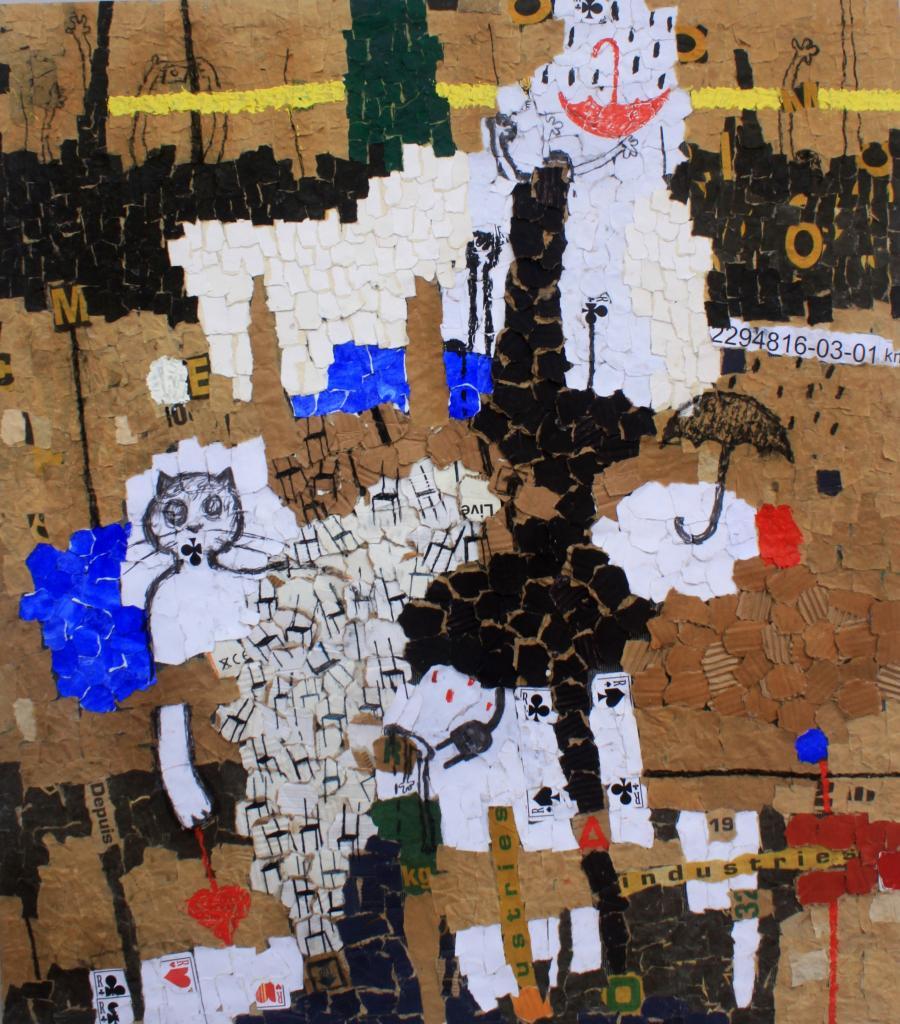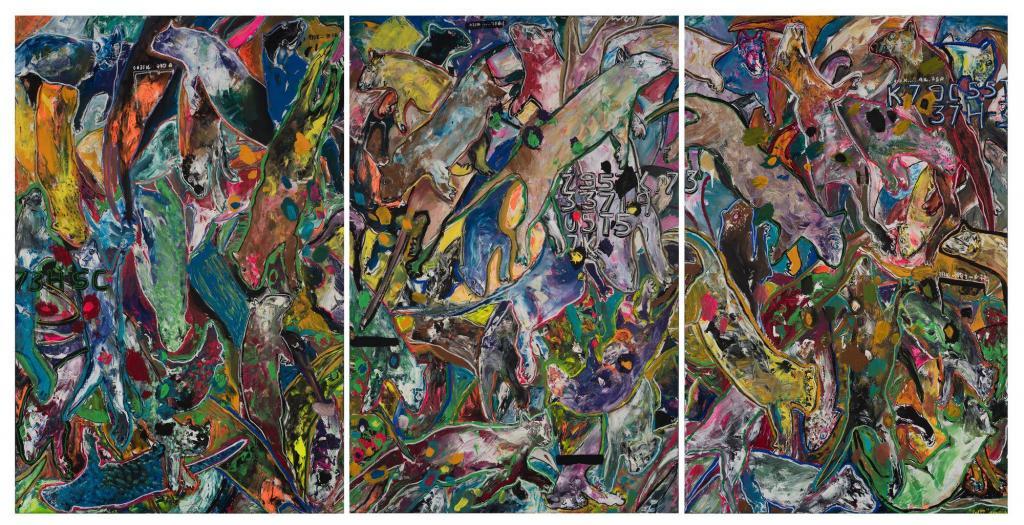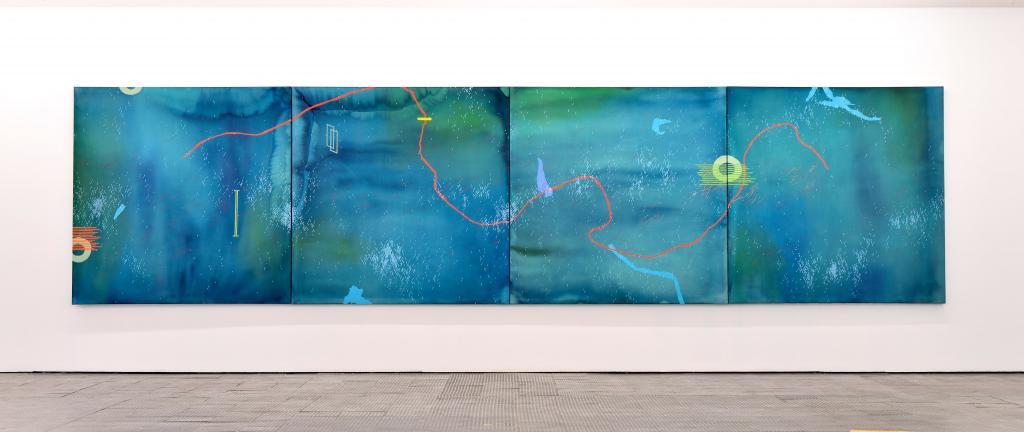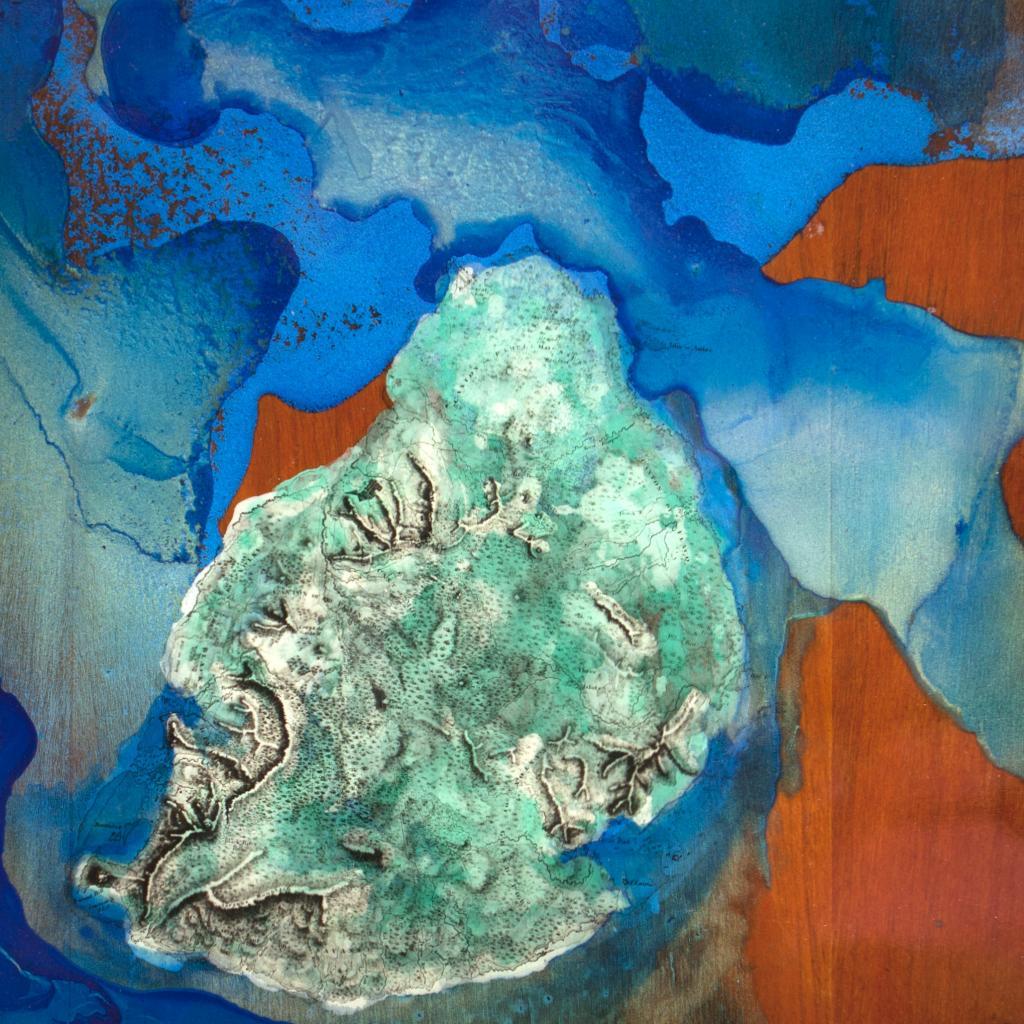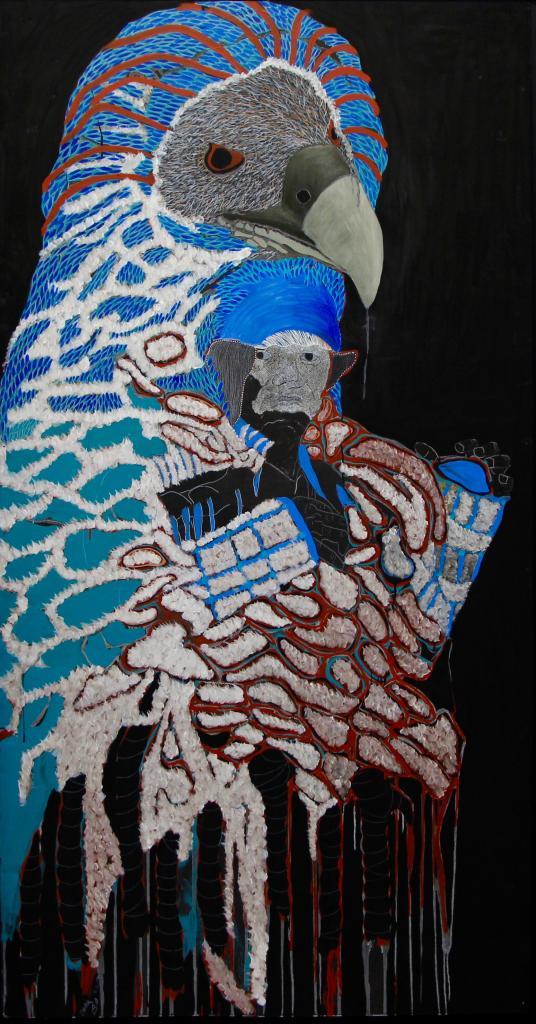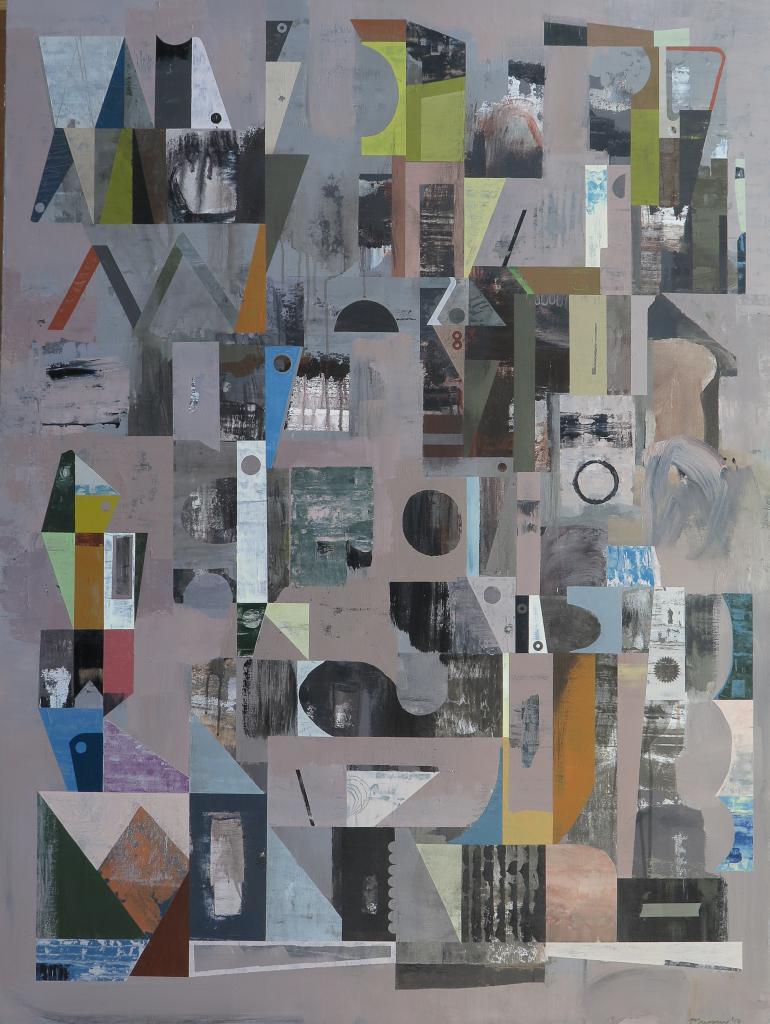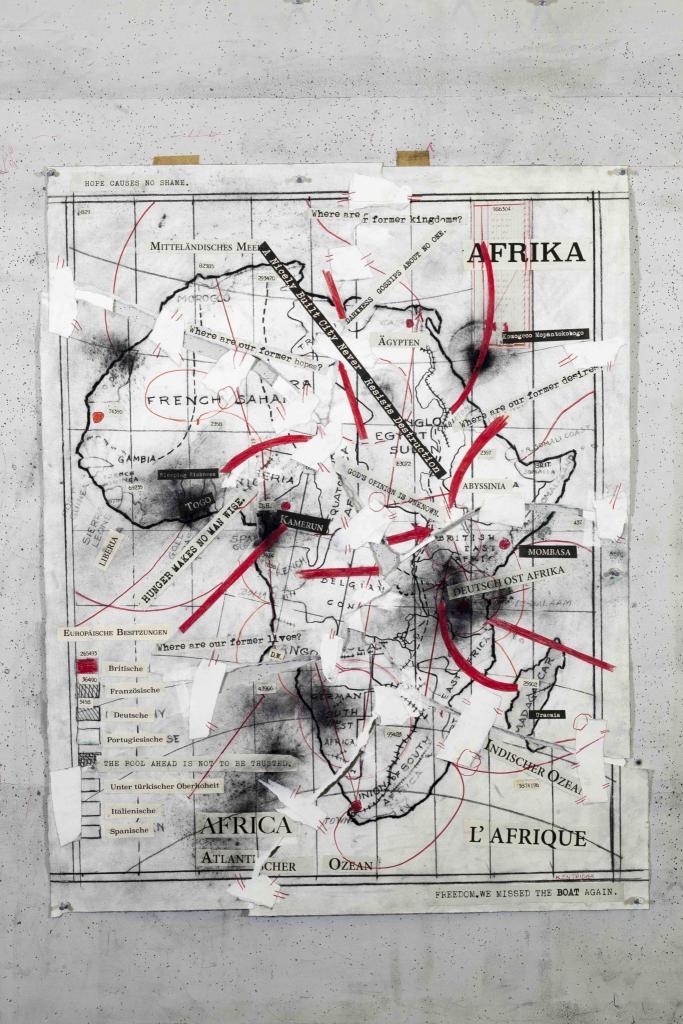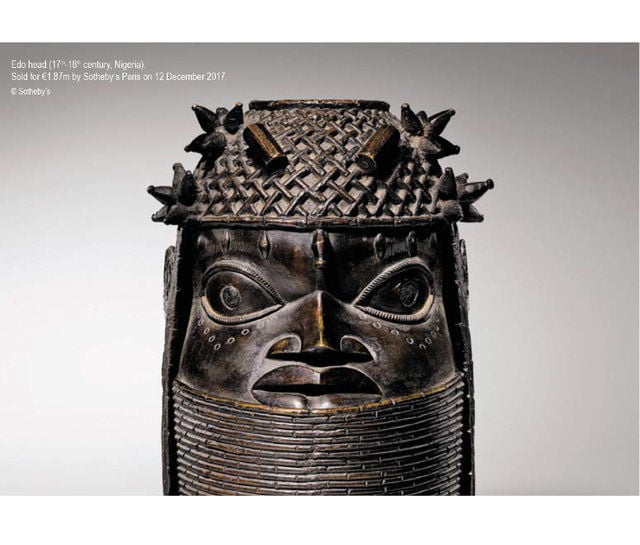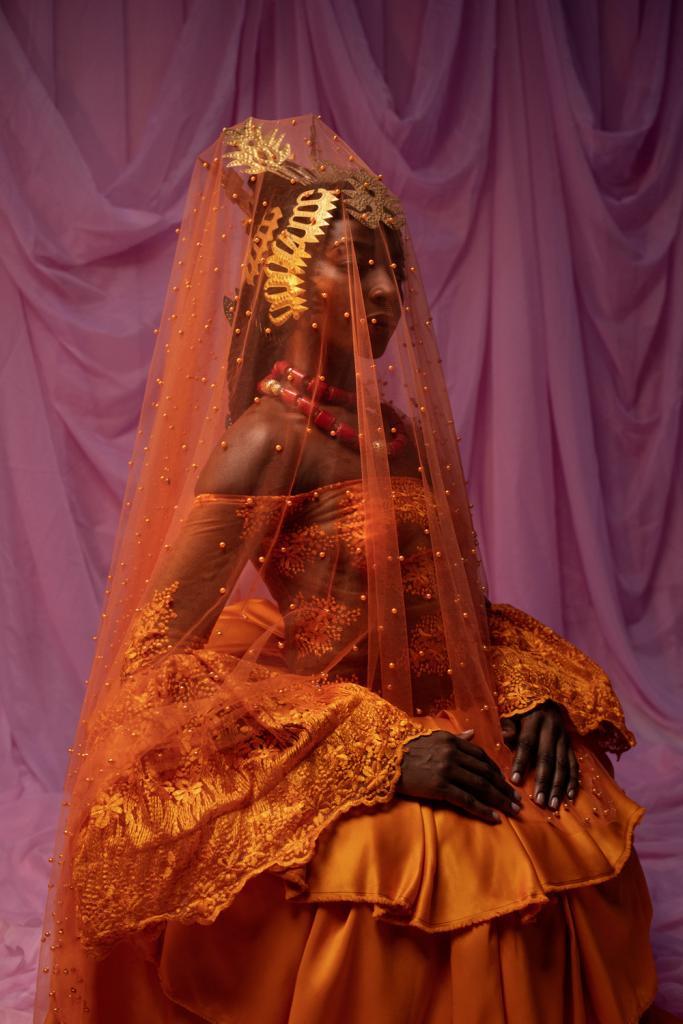1-54 grows with the market
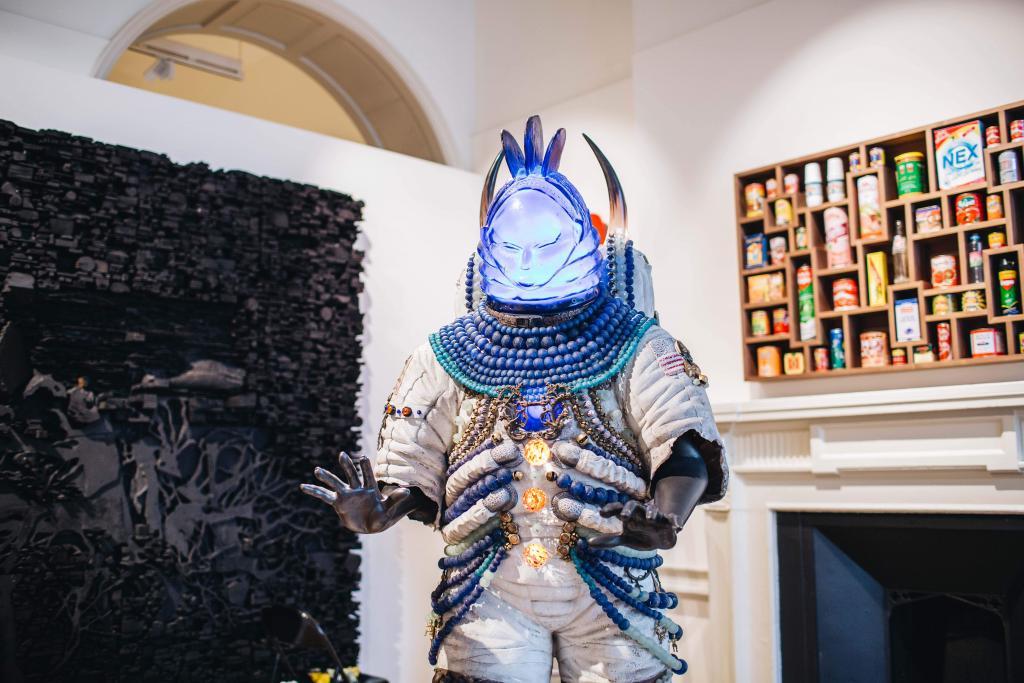
Over the past six years, Fair 1-54 (because there are 54 states in Africa) has grown with the market it promotes. Today, its growth strategy seems to be paying off with a successful London edition.
Three trees from Ibrahim El-Salahi welcomed visitors this year to London’s Somerset House for the sixth edition of 1-54, one of the leading fairs in the promotion and recognition of African art and its diaspora. Three trees, as a sign of majesty and growth….
In the aisles, a selection selected from about forty galleries and nearly 130 artists. Remarkably, nearly a quarter of the exhibitors had the audacity to present solo shows. Omar Ba was shown by Art Bärtschi & Cie, who started selling the artist while he was attending the squats in Geneva. As time has passed… In the autumn, Omar Ba opened his second solo exhibition at Templon (Paris). There were also the beautiful projects of Wonga Mancoba for the Mikael Anderson gallery and of the photographer Youssef Nabil for Nathalie Obadia. In all, 18,000 visitors hurried to visit the fair, and not the least, since we saw in its aisles leading institutions, including the curators of the LACMA or the Vuitton Foundation, very attentive to what is happening on the African stages.
On the sales side, this new edition confirmed that contemporary African art is booming. Some, those who remain sceptical, see it as a fashionable phenomenon. More and more, the rating and recognition of African artists is taking on an air of renewal rather than market “ tocade ” – and this is deepening with the structuring of domestic scenes on the continent, as it is the case in Morocco, South Africa and Niger. “The growth and popularity of the fair is a true testimony to the abandonment of Eurocentric art history stories,” observes Touria El Glaoui, the organizer and creator of 1-54.
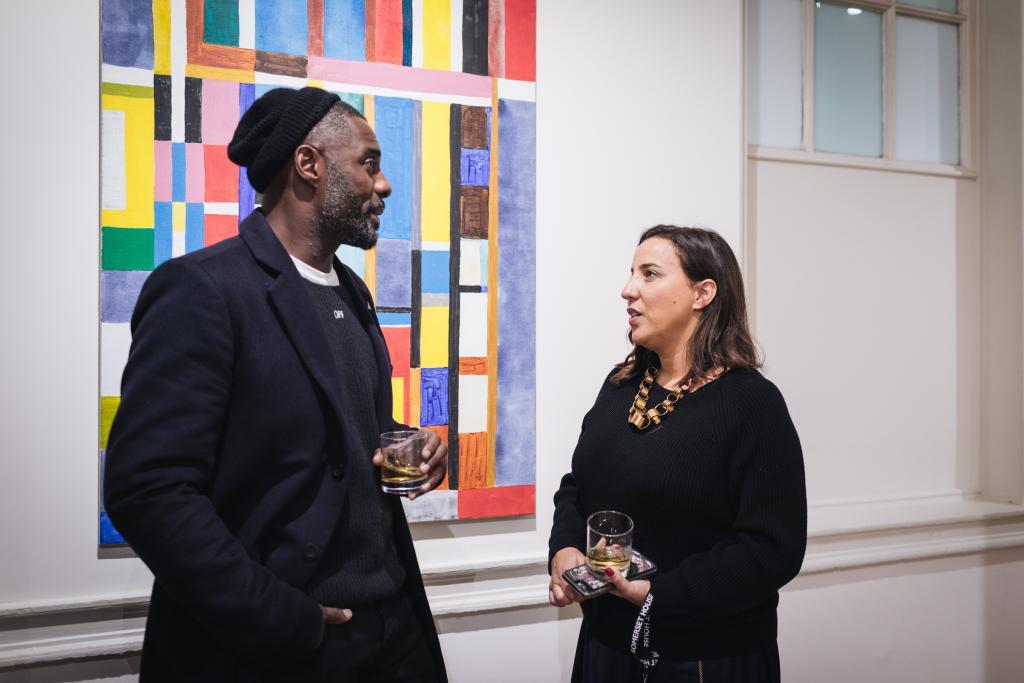
There have been many acquisitions and, remarkably, it is still possible to shop cheaply. At 1-54, the pieces of many artists are sold for less than $5,000: Soly Cissé at Sulger-Buel Lovell, Màrio Macilau at Ed Cross fine art, Mohamed Lekleti’s drawings at Loft Art Gallery, Mongezi Ncaphayi’s abstractions at SMAC or Zemba Luzamba’s portraits, which worked well. The market still prefers these inexpensive pieces, whether for first-time collectors or for the most experienced, especially when they are so trendy.
At the end of the fair, Touria El Glaoui was radiant. “We are so proud of the journey we have made since our first fair in London in 2013. With our first edition in Marrakech last February and the fourth edition in New York in May, we have developed new audiences for contemporary African art and its diaspora through three fairs and three different continents.”
1-54 has just announced its exhibitors for the next edition that it is organizing in Marrakech, in February 2019, after an inauguration noted for its quality, more than for its sales. New leading galleries will join the event, such as the Poggi gallery (Paris), but also the South African heavyweight Goodman Gallery, or In Situ – Fabienne Leclerc (Paris) and Siniya28 (Marrakech).

